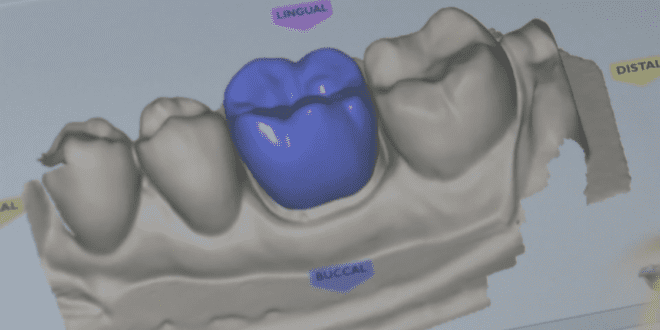rewrite the main part of
JOPLIN, Mo. — There’s barely a month to go until the first classes kick off at Joplin’s new dental school.
And today they’re showing off some of the latest and greatest technology to help those students learn.
“It’s very exciting and a little bit of nervousness, just making sure we’re ready, having everything in place,” said Dr. Diane Ede-Nichols, KCU Dental Assoc. Dean.
And Dr. Diane Ede-Nichols says that includes having the latest and greatest technology for students at the KCU Joplin Dental School.
“I think our students are going to be excited to be somewhere that’s high tech. That is current,” said Ede-Nichols.
One feature is the onsite CAT scans.
Traditionally x-rays have been the go-to for dental medicine… but that’s changing.
“You have a three-dimensional view of the patients now, what that allows us to do is to do root canals much more precisely in the past to place implants exactly. Precisely because not only, you know, an x-ray is a two-dimensional model of a three-dimensional environment. So the CAT scan gives you that three-dimensional environment,” said Dr. Linda Niessen, KCU Joplin Dental School Dean.
Using CAT scans at the KCU Joplin Dental School means students are not only familiar with the technology… But are ready to use it on the job for treating the next patient.
There’s also an intraoral digital scanner – giving students a detailed image to work from – along with powerful software to build the treatment for a patient’s dental problems.
“A dentist in practice, who set up their practice in 1990 may not have benefited from these technologies and may not have the ability to add them to the practice. So when you build a school, you want to take advantage of all of the new technologies so that the students learn today, online these technologies and are ready for the future because the technology is going to continue to change,” said Niessen.
“They’re coming to a brand new facility. And I just feel like they’re gonna have the best experience ever,” said Ede-Nichols.
Students will arrive on campus at the end of July.
between 300 to 1000 words in html format and use paragraphs and subheadings with h3 tags.
 Mind Uncharted Explore. Discover. Learn.
Mind Uncharted Explore. Discover. Learn.



